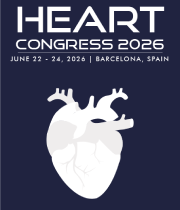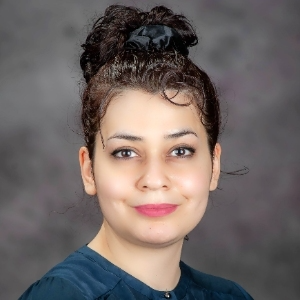Title : Measuring fractal dynamics of FECG signals to determine the complexity of fetal heart rate\On the geometric complexity of chronic heart disease
Abstract:
In this research, we study the fetal heart rate from abdominal signals using multi-fractal spectra and fractal analysis. We use the Abdominal and Direct Fetal Electrocardiogram Database contains multichannel fetal electrocardiogram (FECG) recordings obtained from 5 different women in labor, between 38 and 41 weeks of gestation. We apply autocorrelation or power spectral densities (PSD) analysis on these five FECG recordings to estimate the exponent from realizations of these processes and to find out if the signal of interest exhibits a power-law PSD. We perform multifractal analysis to discover whether some type of power-law scaling exists for various statistical moments at different scales of these FECG signals. We plot the multi-fractal spectra of this database to compare the width of the scaling exponent for each spectrum. A quantitative analysis commonly known as the Fractal Dimension (FD) using the Higuchi algorithm has been carried out to illustrate the fractal complexity of input signals. Our finding shows that the fractal geometry can be used as a mathematical model and computational framework to further analysis and classification of clinical database. Moreover, it can be considered as a framework to compare the complexity of FECG signals and a useful tool to differentiate between their patterns.



